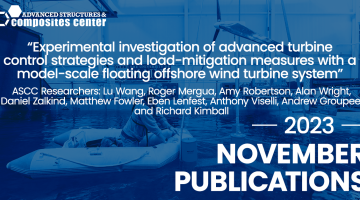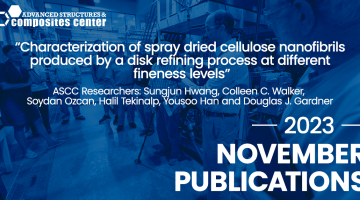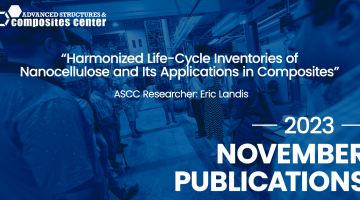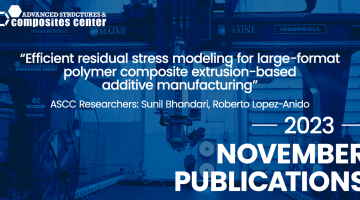ASCC and NREL researchers experiment on turbine control strategies
A publication by UMaine Advanced Structures & Composites Center (ASCC) researchers Matthew Fowler, Eben Lenfest, Anthony Viselli, Andrew Goupee, and Richard Kimball, along with National Renewable Energy Laboratory (NREL) researchers Lu Wang, Roger Bergua, Amy Robertson, Alan Wright, and Daniel Zalkind has been published in Applied Energy. The article titled “Experimental investigation of advanced turbine […]
Read more









